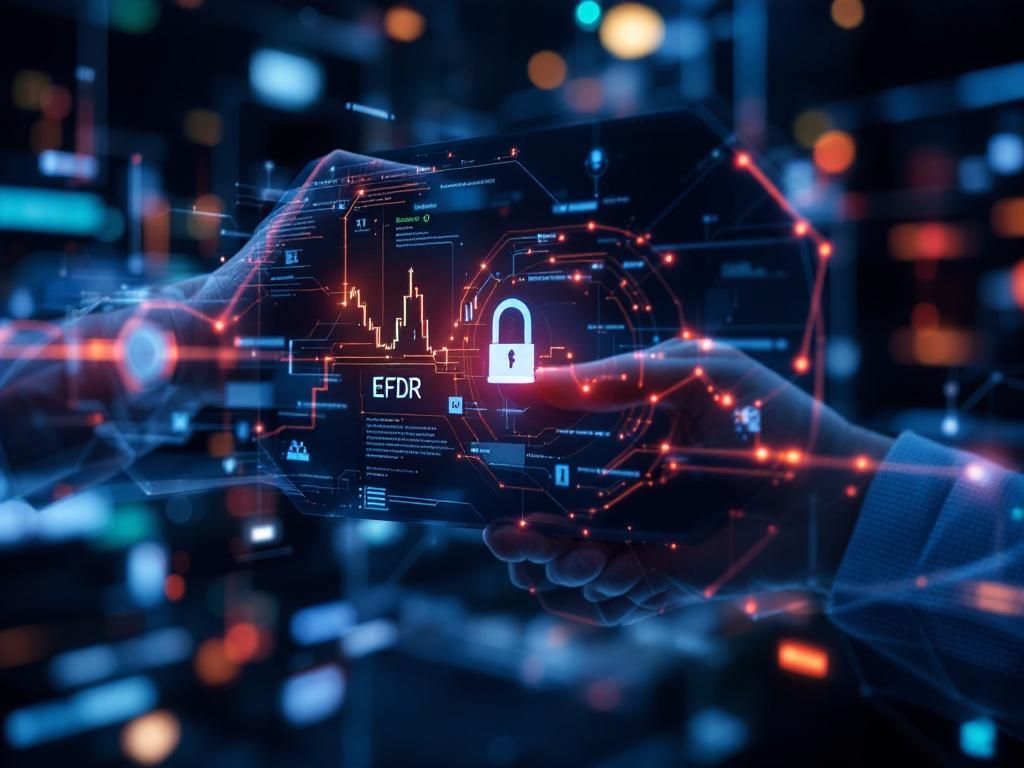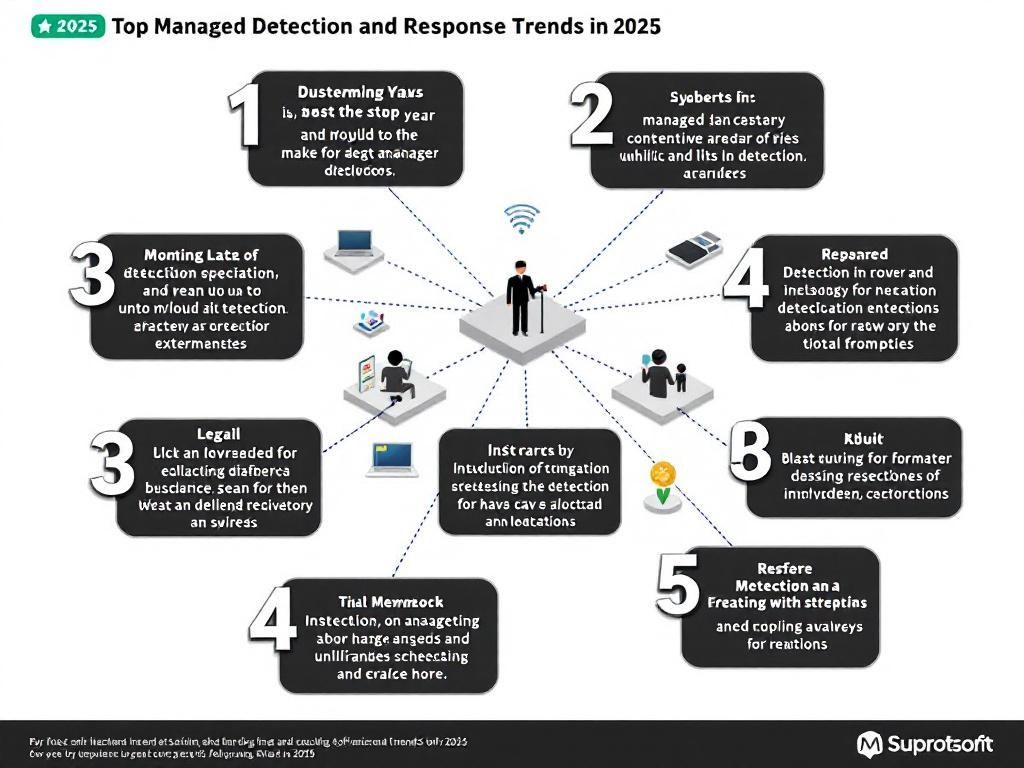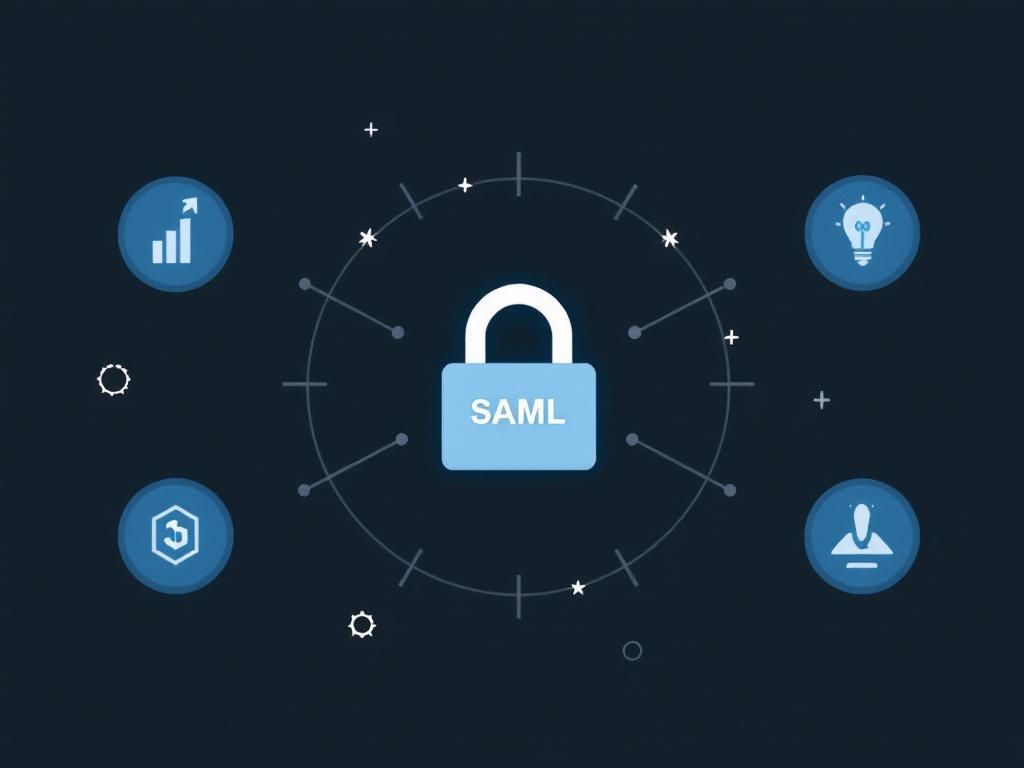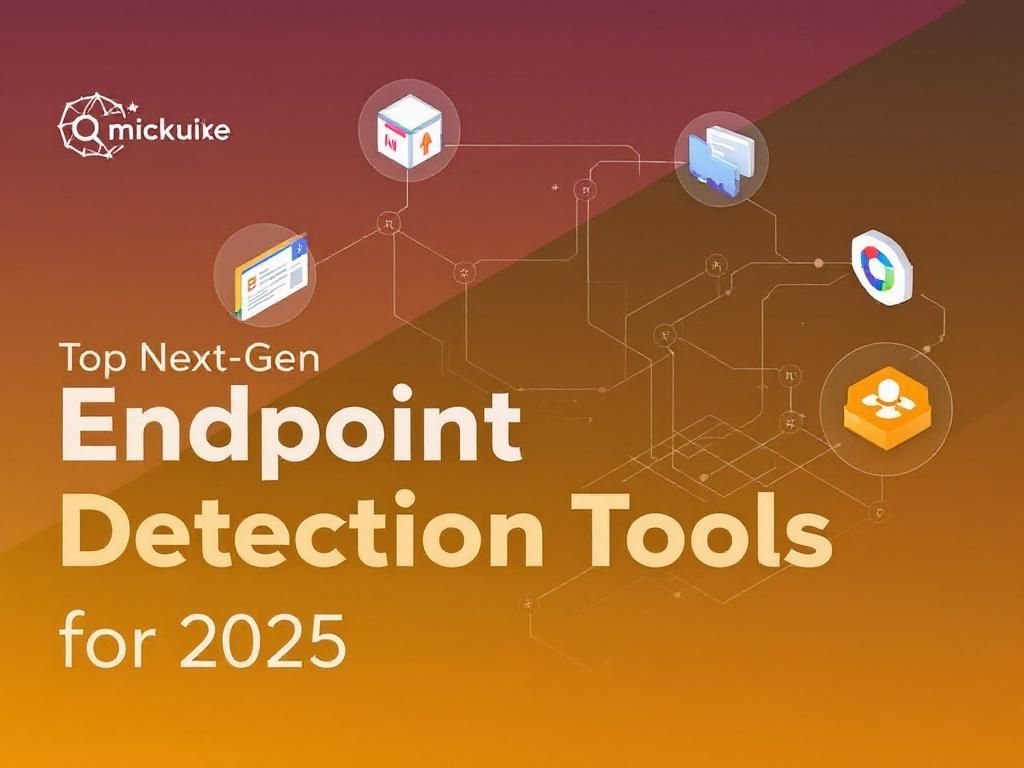Why Next-Gen EDR is Essential Today
Discover why adopting next-gen Endpoint Detection and Response (EDR) is crucial for modern cybersecurity in today's digital landscape.

In today’s rapidly evolving digital landscape, enterprises face an unprecedented array of cyber threats that jeopardize their critical data and infrastructure. With the advent of sophisticated attack methods, traditional security measures often fall short. This has led to an increased reliance on next-generation endpoint detection and response (EDR) solutions, which offer a more robust approach to threat detection and incident response. Understanding why investing in EDR technology is essential for modern organizations can empower businesses to bolster their defenses against a myriad of cyber threats.
Table of Contents
The Evolution of Cyber Threats
The threat landscape is constantly changing, with cybercriminals employing innovative tactics to exploit vulnerabilities. To illustrate this, consider the following:
- Ransomware: Attackers encrypt files and demand ransom for decryption, causing operational disruptions.
- Phishing: Deceptive emails trick users into revealing sensitive information, leading to account compromises.
- Advanced Persistent Threats (APTs): Long-term targeted attacks designed to steal data or disrupt operations.
Statistics Highlighting the Importance of EDR
Recent studies reveal shocking statistics about cyber threats:
- According to Cybersecurity Ventures, cybercrime is expected to cost the world $10.5 trillion annually by 2025.
- Verizon’s Data Breach Investigations Report shows that 85% of breaches involve a human element, underscoring the need for advanced monitoring.
- Fortinet’s report indicates that 78% of organizations experienced some form of malware infection in the past year.
What is Next-Gen EDR?
Next-gen EDR solutions represent a significant advancement over traditional endpoint security solutions. They combine several critical capabilities to enhance threat detection and response:
Key Features of Next-Gen EDR
| Feature | Description |
|---|---|
| Behavioral Analysis | Monitors user and system behavior to identify anomalies that indicate potential threats. |
| Real-Time Monitoring | Continuously scans endpoints for malicious activity and security events. |
| Automated Response | Quickly responds to detected threats, isolating affected systems to prevent spread. |
| Threat Intelligence Integration | Incorporates global threat intelligence to enhance detection capabilities. |
| Forensics and Investigation | Provides tools for post-incident analysis to understand the attack vectors and impacts. |
Why Next-Gen EDR is Essential Today
1. Proactive Threat Detection
Unlike traditional antivirus solutions that rely predominantly on signature-based detection, next-gen EDR employs advanced analytics to identify potential threats proactively. This proactive approach can significantly reduce the time attackers spend within the network.
2. Comprehensive Visibility
Next-gen EDR offers deep visibility into endpoints, allowing security teams to monitor and analyze events across all devices effectively. This comprehensive visibility is critical for:
- Identifying suspicious activities across various endpoints.
- Understanding the full scope of an attack.
- Ensuring compliance with regulatory requirements.
3. Rapid Incident Response
Time is a critical factor in minimizing damage during a security incident. Next-gen EDR solutions provide automated response capabilities that allow organizations to:
- Contain threats immediately.
- Remove malicious files and processes.
- Restore affected systems quickly.
4. Integration with Existing Security Infrastructure
EDR solutions are designed to complement existing security tools like firewalls and SIEM (Security Information and Event Management) systems. This integration enhances overall security posture by:
- Providing additional layers of defense.
- Streamlining incident response workflows.
- Facilitating better threat correlation and analysis.
Choosing the Right Next-Gen EDR Solution
When selecting an EDR solution, organizations must consider several factors to ensure they choose the right product tailored to their needs:
Key Considerations
- Scalability: Can the EDR solution grow as the organization expands?
- User-Friendliness: Is the dashboard intuitive for security teams to navigate?
- Support and Training: What level of support and resources does the vendor provide?
- Cost-Effectiveness: Does the solution offer value for the investment?
Popular Next-Gen EDR Solutions
Several vendors stand out in the next-gen EDR market. Here’s a brief overview of some of the top solutions:
| Vendor | Key Features |
|---|---|
| CrowdStrike | Cloud-native EDR with real-time response capabilities. |
| SentinelOne | Automated EDR with AI-driven detection and response. |
| Microsoft Defender for Endpoint | Integration with Microsoft ecosystem and advanced threat hunting. |
| Carbon Black | Behavioral analytics focused on endpoint performance. |
| Bitdefender GravityZone | Multi-layered protection with machine learning capabilities. |
Evaluating EDR Solutions
To effectively evaluate EDR solutions, organizations should consider conducting a proof of concept (PoC) to assess:
- Detection rates against known threats.
- Ease of deployment and integration.
- Response times during simulated attack scenarios.
The Future of EDR Technology
As cyber threats continue to evolve, so too will EDR technologies. The future may hold advancements such as:
- Artificial Intelligence: Enhanced machine learning algorithms will improve threat detection accuracy.
- Automation: Greater automation of incident response processes will reduce human error.
- Integration with IoT: EDR solutions will extend to include protections for Internet of Things (IoT) devices.
Conclusion
In conclusion, the necessity for next-gen EDR solutions is clear. With the growing complexity of cyber threats, organizations can no longer rely solely on traditional security measures. Next-gen EDR provides the proactive threat detection, comprehensive visibility, and rapid incident response capabilities that modern enterprises need to safeguard their digital assets. Investing in a robust EDR solution is not just a choice but a critical component of any effective cybersecurity strategy.
FAQ
What is next-gen EDR and why is it important?
Next-gen EDR (Endpoint Detection and Response) is crucial for enhancing cybersecurity as it provides advanced threat detection, real-time monitoring, and automated response capabilities to protect against sophisticated cyberattacks.
How does next-gen EDR differ from traditional antivirus solutions?
Next-gen EDR goes beyond traditional antivirus by offering behavioral analysis, threat intelligence integration, and incident response tools, allowing organizations to detect and respond to threats that traditional solutions may miss.
What are the key benefits of implementing next-gen EDR?
The key benefits of next-gen EDR include improved threat detection, reduced response times, enhanced visibility into endpoint activities, and better compliance with regulatory requirements.
Why is real-time monitoring essential in next-gen EDR?
Real-time monitoring is essential in next-gen EDR as it enables organizations to quickly identify and respond to potential threats, minimizing the damage and impact of cyber incidents.
Can next-gen EDR help with regulatory compliance?
Yes, next-gen EDR can help organizations meet regulatory compliance requirements by providing detailed logs, monitoring capabilities, and incident reporting essential for audits and compliance assessments.
How can businesses choose the right next-gen EDR solution?
Businesses should evaluate next-gen EDR solutions based on factors such as threat detection capabilities, ease of integration, scalability, user-friendliness, and the level of support provided by the vendor.








